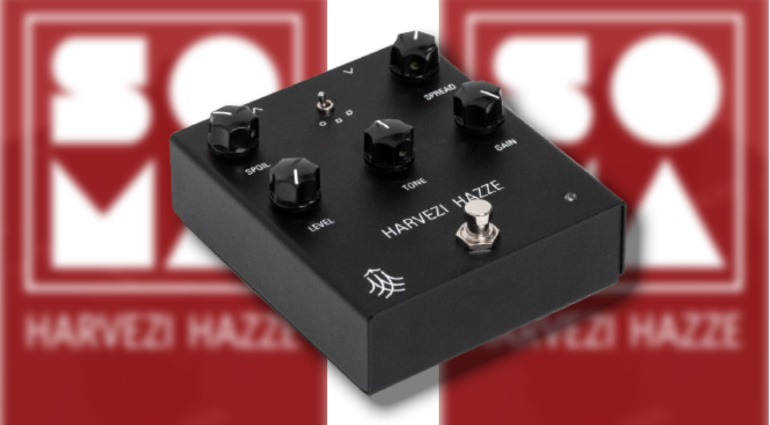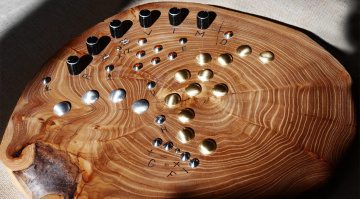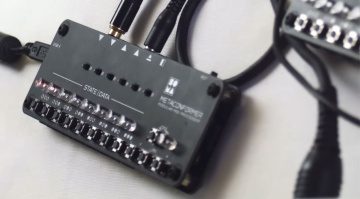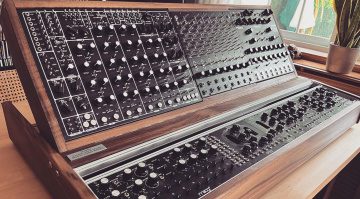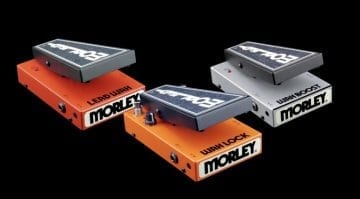Soma Labs Harvezi Hazze: Versatile Distortion Pedal for Weird Sounds
Compressor, Generator and Waveshaper in one!
The Soma Labs Harvezi Hazze is a particularly versatile distortion pedal. It also features a compressor, a waveshaper and a tone stack. The pedal is ideal for destroying synth, vocal or drum sounds.
Soma Labs Harvezi Hazze: What even is an Unijunction transistor?
Soma Labs is known in the synth world for the mighty Pulsar-23, a drum machine with a lot of character, and the Lyra series. The two synths from that series produce some of the most insane complex drones you could (or couldn’t) imagine. So, these are all rather on the experimental side of things.
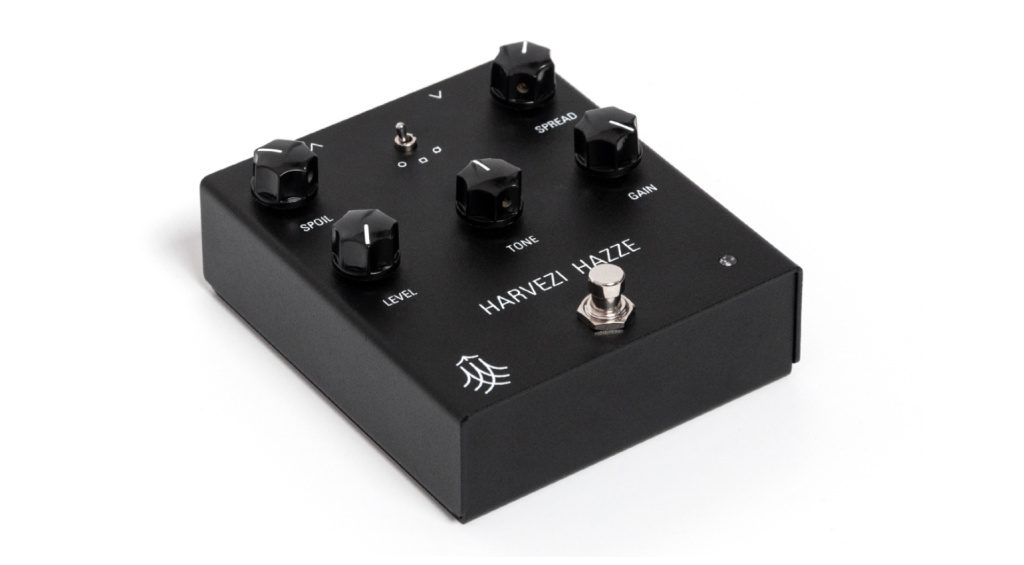
But Soma seems to be paying attention to the explosion of pedal releases in recent years – and wants to play ball. And with the Soma Labs Harvezi Hazze, they are throwing their idea of a distortion pedal into the ring. And naturally, a lot is different here, too. For example, a rather rare unjunction transistor is at the heart of the waveshaper.
As we learn from Wikipedia, this transistor is a hybrid of a diode and a transistor. According to Soma Labs, a unijunction transistor can be a distortion effect, a compressor, a waveshaper, or a generator, depending on the mode. This is what allows the Harvezi Hazze’s tonal versatility.
Waveshaping, Kompression and a Tone Stack
The signal chain of the Soma Labs Harvezi Hazze consists of an optical compressor (with fixed parameters), a dual-mode amp (with a choice of soft or hard clipping), the unjunction transistor-based waveshaper and the tone stack.
Compression is applied directly at the input, and you can do little about it. However, opto-compressors usually work rather relaxed. You then use the gain control to send the signal to the dual-mode amp, producing either overdrive (soft clipping) or nasty distortion (hard clipping).
You can adjust the waveshaper using the Spoil (sets the threshold) and Spread (sets the volume of the shaper effect) knobs. To get a better handle on this wall of sound, the Tone Stack control allows you to make frequency-related adjustments. Basically, this seems to be a low-pass filter at work – according to the manual, the further to the right you move the knob, the higher the proportion of high frequencies.
Knobs and switches
The three-way switch in the middle offers a Feedback mode in addition to soft clipping and hard clipping modes. When activated, the pedal’s modules feed off each other to create even more insane distortion sounds.
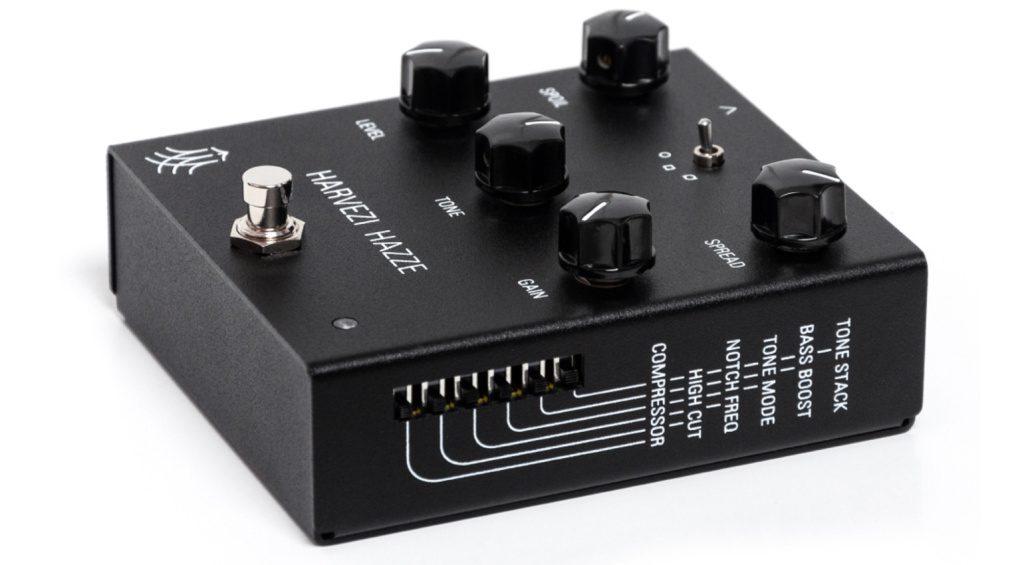
But that’s not all. Six dip switches on the side can be used to modify the signal further:
- Tone Stack. Activates the signal flow through the Tone control.
- Bass Boost. Applies a boost to the low frequencies.
- Tone Mode. Toggles the Tone control between low-pass mode and tilt mode.
- Notch Freq. Shifts the frequency of the filter.
- High Cut. Applies additional attenuation to the high frequencies.
- Compressor. Activates or deactivates the compressor at the input.
How much does the Pedal from Soma Labs cost?
You can now order it from Thomann* for €329.

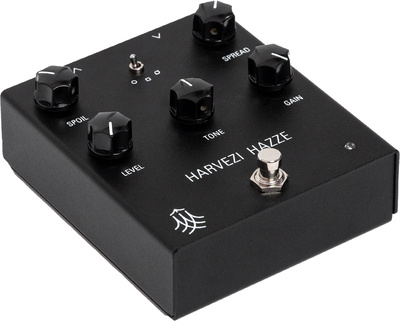
More on the new Pedal from Soma Labs
*Disclaimer: This post contains affiliate links and/or widgets. When you buy a product via our affiliate partner, we receive a small commission that helps support what we do. Don’t worry, you pay the same price. Thanks for your support!
 4,6 / 5,0 |
4,6 / 5,0 | 